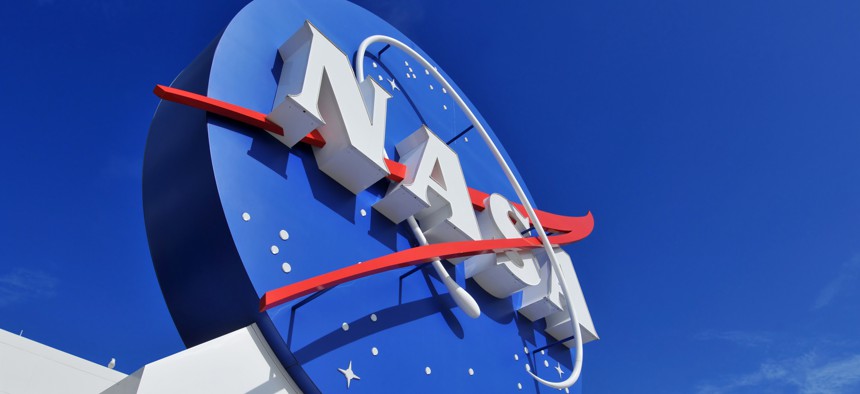Digital Transformation Goes Nowhere Without Vision, NASA Official Says

LaserLens/istockphoto
The space agency has major plans to transform its operations.
“Digital transformation” is just another IT buzzword, unless it is based on a real vision of what the transformation is intended to accomplish.
That was the core idea of NASA Digital Transformation Officer Jill Marlowe in her keynote address during the Advanced Technology Academic Research Center’s Digital Transformation Virtual Summit on Jan. 18.
“Vision is the topic that any digital transformation must begin with,” she said. “When we talk about transformation at NASA, we mean it’s so changed [it’s unrecognizable].”
It is not as if NASA lacks a vision. Its fundamental purpose is “to discover and expand knowledge for the benefit of humanity.”
When NASA launched its Enterprise Digital Transformation program a little over a year ago, Marlowe said the first thing the team did was meet with every senior leader in the agency. “We synthesized what we heard from them,” she said. “Our environment is changing … We’re looking at bold new missions, increasingly with partners, increasingly cheaper, increasingly inclusive.”
On its list of mission ambitions are such huge challenges as human space flight to the Moon and Mars, working with global climate teams to understand climate change, and using electric propulsion and autonomous vehicles, all areas where technological advances are happening at an ever-increasing pace.
Marlow said there are three overarching areas where the space agency is working to transform itself.
“First, we need to transform the way we work,” she said, to improve complex decision-making, make partnering easier and increase the ways NASA engages both its stakeholders and the public.
“Second, we need to transform the experience of our workforce … Those coming in have different expectations,” Marlowe said. The agency needs to be able to expand employees’ capabilities, while maximizing their productivity.
“Third, we have to transform the agility of our workplace,” she finished. Included in this are addressing NASA’s aging IT infrastructure, identifying ways to be effective in hybrid worksites, and rearchitecting existing processes to suit hybrid work environments.
“These goals and objectives are non-digital. We’re not doing digital for digital’s sake,” Marlowe said. “What do we need to transform? That’s central. [That’s] why vision is essential before” taking on digital transformation.
She said there are two ways to measure the agency’s success in transforming itself. “We will measure in terms of our key outcomes … whether we’re pursuing the right things. The second is digital maturity, to measure that we do those key things right to effect that change [and] stay true to our vision.”






